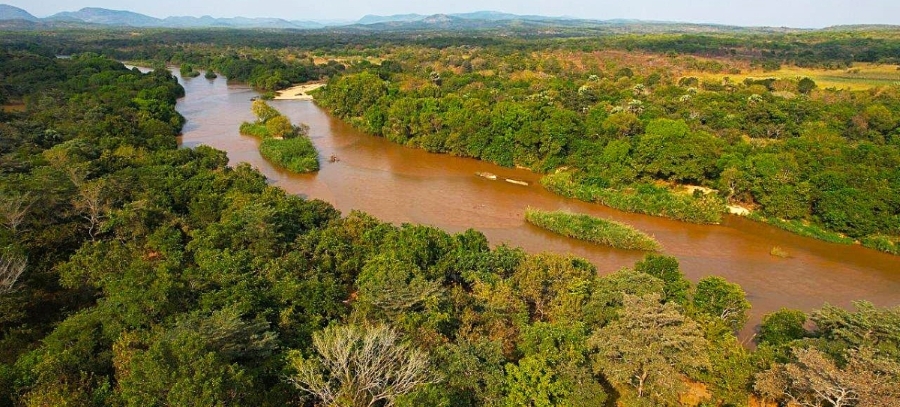Every second day of February, the World Wetlands Day gets observed around the globe.
This is usually done to raise awareness about conservation of wetlands and spotlight their value.
For the 2025 campaign, the theme is ‘Protecting wetlands for our common future.’
The theme highlights the critical role of these ecosystems and the need to protect them.
Although they cover about 6 percent of the earth’s land surface area, wetlands, including rivers, lakes, floodplains, swamps, marshes and inland deltas, among others, are critical ecosystems.
About 40 percent of all plants and animal species, including birds, live or breed at these sites.
Further, wetlands play a crucial role in combating climate change through absorbing huge amounts of carbon, providing essential ecosystem services like flood control and water regulation.
Crucially, wetlands support the livelihoods of more than one billion people across the world.
Tanzania is home to a rich network of wetland ecosystems, from major river networks, the Great Lakes system to deltaic mangroves among others.
According to statistics, wetlands cover about 10 percent of the country’s surface area.
Therefore, wetlands in Tanzania are a critical land resource that deserves attention in land use planning and policy formulation, and effective management strategies need to be implemented to protect them from degradation and competing land uses.
Tanzania, a signatory to the Ramsar Convention on Wetlands, is home to four Ramsar sites, including Kilombero Valley Flood Plain, Malagarasi Muyovozi, and Rufiji-Mafia-Kilwa Marine Site in addition to the Lake Natron Basin.

However, these critical ecosystems are threatened by pollution, agriculture, climate change, and infrastructural developments, among others.
The Lake Natron Ramsar Site is home to over 300 bird species, including flamingos.
The lake‘s unique composition of caustic soda and hypersaline water makes it ideal for millions of flamingos.
Most importantly, it is the only regular and successful breeding site for 75 percent of the global population of lesser flamingos.
The Tanzanian Government halted the plan to construct a soda ash factory at Lake Natron after an international outcry by BirdLife International and other environmental groups raising concerns about the impact on the environment and local communities.
Later in January 2025, Tanzania announced the relocation of communities at Engaruka, a village 50 kilometers from Lake Natron, to pave the way for a new soda ash project in the Engaruka Basin.
Considering such proposed developments, there is a need to carefully consider their impacts, including biodiversity Engaruka being a key wildlife dispersal area, on local communities that depend on the plains as grazing land for their livestock, in addition to the scarce water resources for irrigation and domestic use.
Due process should, therefore, be followed to consider short-term, long-term and irreversible negative social and environmental impacts.
From 23rd – 31st July 2025, Zimbabwe will host the 15th Conference of Parties to the Ramsar Convention on Wetlands, which provides a good platform for policy makers to articulate and adopt resolutions to protect delicate ecosystems globally.
These crucial discussions on the conservation and sustainable use of wetlands, including agreement on a work programme for the next three years, require cooperation and coordination across national boundaries.
As we celebrate the critical role played by wetlands, let us renew our efforts to protect these ecosystems for the present and future generations.
This calls for concerted efforts from various stakeholders including local communities, policy and decision makers, to identify and implement relevant solutions to conserve these critical habitats.
Emmanuel Mgimwa is the Executive Director of Nature Tanzania (BirdLife Partner)
Email: executivedirector@naturetanzania.or.tz

